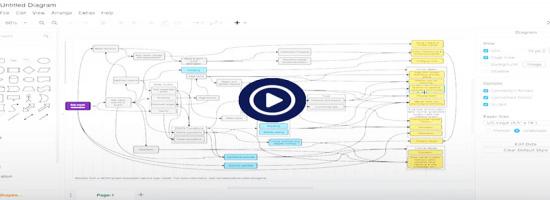Ecosystem Services Conceptual Models (ESCMs) offer an entry point for incorporating a suite of ecosystem services considerations into a program or project. The models illustrate the way that a management intervention cascades through an ecological system and results in ecosystem services and other human welfare impacts.
General ESCMs can be used as consistent templates that can be specified to the context of a particular project or program. These general models are relatively high-level and less specific to enhance transferability, while site-specific models are more detailed and precisely tailored to the conditions and processes of a particular program or project. ESCMs are generally developed through an iterative process of literature reviews, workshops, and follow-up expert elicitations.
The ESCMs below are grouped into management types; however, different types of management are often used together and have overlapping ecological and socioeconomic effects. It may be helpful to combine ESCMs for individual management types. This is usually done after developing separate ESCMs for each individual management type. An example of a combined ESCM for fire and timber management is included in both the fire and timber groups below.
Further information on ESCMs:
- Read the primer: "Building Ecosystem Services Conceptual Models"
- Ecosystem Services Conceptual Models introduction

- Using draw.io to Make and Format Ecosystem Service Logic Models

- Model walkthrough video

It is important to note that these models are designed to show system change. They describe how a system will change given a particular management intervention or external stressor, in comparison to some baseline. The model should only include those things that are expected to change given the intervention(s) or stressor(s) of interest.






